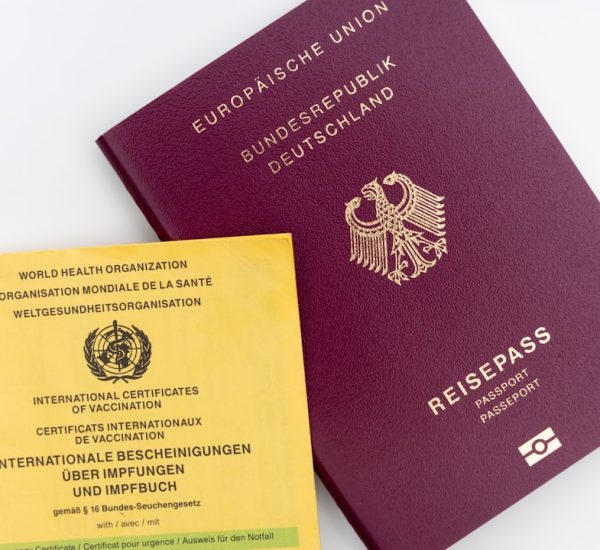Sports betting in the United States has experienced exponential growth over the past few years, especially following the Supreme Court’s 2018 decision to lift the federal ban on sports betting. With more states now legalizing and regulating the practice, understanding how odds work has become essential for bettors looking to make informed decisions. In this article, we’ll break down the basics of sports betting odds in the U.S., focusing on American odds format and how to interpret them.
What Are Sports Betting Odds?
Sports betting odds represent the probability of a particular outcome happening and also determine how much money you can potentially win. In the United States, odds are most commonly given in the American format, which uses positive (+) and negative (−) numbers.
Understanding American Odds
- Positive Odds (+): A positive number indicates how much profit you’ll make on a $100 bet. For example, if you see +200, it means you can win $200 in profit for a $100 wager. You’ll also get your original stake back, totaling $300 in return.
- Negative Odds (−): A negative number shows how much you need to bet to win $100. For instance, −150 means you must wager $150 to make a $100 profit. So if your bet wins, you take home $250 total—your profit plus your original stake.

Favorite vs. Underdog
One of the most basic principles of sports betting lies in identifying the favorite and the underdog. The favorite is the team or outcome most likely to win, and they are represented by negative odds. The underdog, having a lower chance of winning, is represented by positive odds.
- Example: New York Giants −140 vs. Miami Dolphins +120
In this scenario, the Giants are the favorites. You’d need to bet $140 on them to win $100. Conversely, a $100 bet on the Dolphins could earn you $120 if they win. Identifying these dynamics is crucial for crafting a smart betting strategy.
Implied Probability
Odds don’t just show potential payouts—they also reflect implied probability, or the likelihood of a particular outcome as determined by the bookmaker. This can help bettors assess value and determine whether a bet is worth taking.
- Negative Odds Implied Probability = (|Odds| / (|Odds| + 100)) × 100
- Positive Odds Implied Probability = (100 / (Odds + 100)) × 100
Example:
- −150 odds: Implied probability = (150 / (150 + 100)) × 100 = 60%
- +200 odds: Implied probability = (100 / (200 + 100)) × 100 = 33.3%
Being able to reverse-engineer the bookmaker’s odds this way allows you to search for inefficiencies in the line, a key tactic for experienced bettors.
Different Types of Bets
Understanding how odds work is essential no matter what type of bet you’re placing. Here are a few of the most common:
- Moneyline Bets: Simply pick the winner. Odds determine the payout based on which team is favored or not.
- Point Spread: Adjusts the payout by giving or taking away points from teams to balance risk.
- Over/Under (Totals): Bet on whether the total points scored will be over or under a set line.

Shop for the Best Odds
Just like shopping for the best deal on a product, it’s smart to shop around at multiple sportsbooks to find the most favorable odds. Even a slight difference in the line can lead to better long-term returns. Line movement can also indicate where the betting public is placing their money, offering deeper insight into game outlooks.
Final Thoughts
In the complex yet thrilling world of sports betting, knowing how odds work is the foundation for success. American odds may seem intimidating at first, but with practice, bettors can quickly learn to interpret them and use them to make more informed and strategic wagers.
Whether you’re a casual bettor or looking to take a more analytical approach, always remember that betting should be done responsibly. Setting a budget and knowing when to walk away are just as important as knowing the odds.



